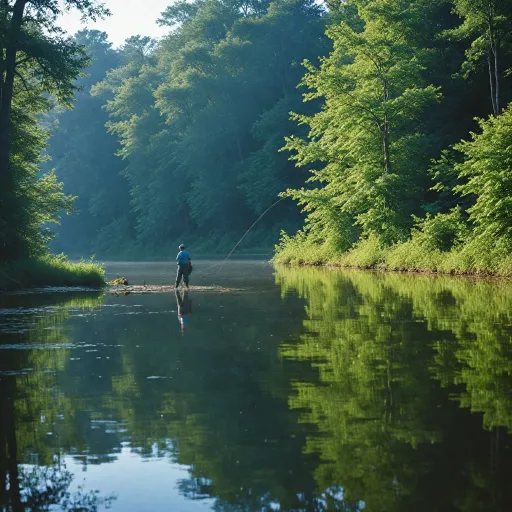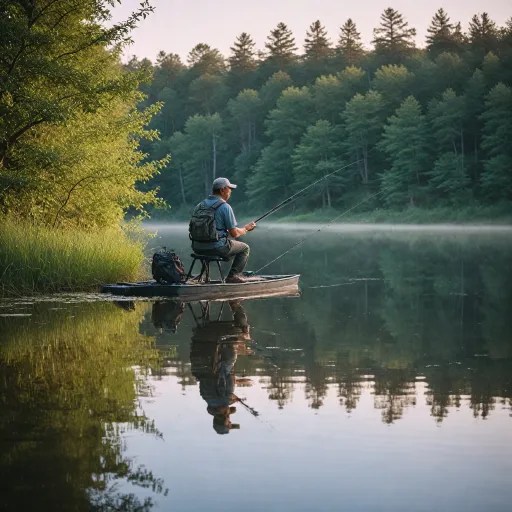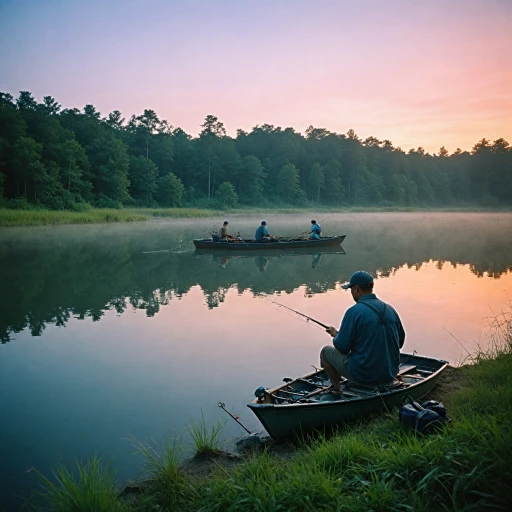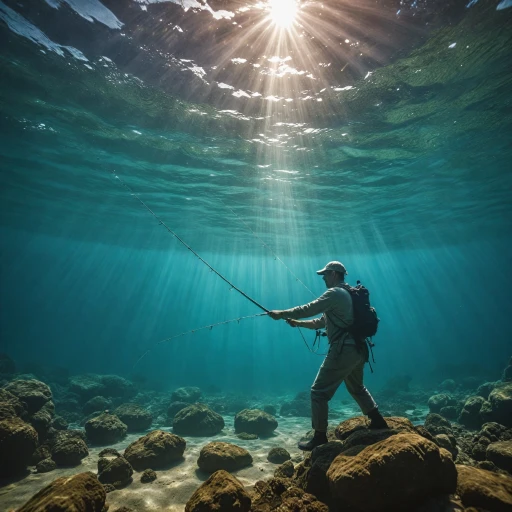
Understanding Spoons: A Versatile Tool
The Versatile Appeal of Spoons in Fishing
Spoons have long been a revered tool among recreational anglers, known for their versatility and effectiveness when it comes to enticing a variety of fish species. These unassuming lures may not scream sophistication, but they have stood the test of time in the angler's tackle box. Their enduring appeal lies in their simplicity and the broad adaptability they offer to the fisherman’s game. Their design, often resembling the curvature of a traditional spoon, allows them to mimic the movement of a distressed baitfish—a key factor that draws the interest of predatory fish. As they flutter through the water, flashing their reflective surfaces, spoons can be irresistible to fish of all kinds. This creates a fast-paced, alluring environment in which fish are tempted to make a grab for the seemingly easy meal. Overall, the spoon is a kind of magic card in the angler’s deck—a versatile tool that delivers consistent results if played correctly. Whether you're a seasoned player in the fishing world or a newcomer looking to learn the ropes, understanding how to effectively use a spoon can significantly enhance your fishing game [Enhancing Your Catch]. Just remember, the key to mastering their use lies not only in the kind of spoon you select but also in your technique, the color and size choices you make, and how you maintain your equipment in the long run.Choosing the Right Spoon for Your Catch
Picking the Perfect Spoon
Choosing the ideal spoon requires a keen understanding of the type of fish you're targeting. Different species react uniquely to spoons—it's like a fast paced, dynamic game where you need to read your opponent, in this case, the fish. Your strategy needs to be adaptable like a player holding a card game, ready to grab a spoon at a moment's notice. Certain factors lead to a more successful play. Consider the depth and water current where you will be fishing. Heavier spoons are excellent for deeper water or faster currents, ensuring your lure falls quickly just like a card from a center table in a round that's led with precision. On the other hand, lighter spoons work well in shallower, calmer waters. Price can play a role too, though it's not always indicative of quality. It’s wise to keep an assortment of various price points within your tackle box, akin to collecting cards in a game, allowing you to adapt to different environments and learn play techniques. Ensure you have a range of spoons with fewer similarities to increase your chances of a catch, avoiding a one size fits all approach. Playing the spoon selection game right also involves considering the kind of spoon. From casting spoons for long-distance casting to trolling spoons for persistent pursuit, your options are vast and versatile. Each type requires a different approach, much like a player altering strategies based on the cards in hand. This adaptability will undoubtedly enhance your success rate on the water. For a deeper dive into selecting hooks, which are equally important in your fishing game, check out the versatility of J-hooks in recreational fishing. Mastering the art of choosing the right spoon is not just about having the right products but understanding how to effectively employ them amidst the unpredictable nature of fishing.Techniques for Effective Spoon Fishing
Perfecting Your Technique for Successful Spoon Fishing
When it comes to spoon fishing, mastering the techniques can be compared to an intricate card game where each move will influence your overall success. The spoon, unlike other fishing equipment, plays a dynamic role in attracting your catch. By honing your skills, you can make the most of this versatile tool and enhance your fishing experience.
Starting with the basics, it's critical to understand the movement of the spoon in the water. Much like the players in a fast-paced game, the action often lies in the speed and depth control you execute. Retrieve your lure steadily while maintaining a rhythmic motion. This simulates a wounded baitfish, capturing the attention of your target fish and urging them to play the game with you.
One effective strategy is the "stop and go" technique. This involves reeling the spoon quickly for a few turns, then pausing to let it flutter downward. The sudden change in speed can provoke a strike, as fish are typically led by their instincts to grab the spoon when its movement seems erratic. This takes advantage of the spoon's natural wobbling, making it appear more enticing to fish on the hunt.
Innovation in design has tailored spoons for different circumstances, allowing you to adapt to specific fishing environments. Consider factors such as current speed and depth, as these conditions can greatly affect how your spoon performs. Familiarizing yourself with pre-rigged leaders and other accessories can also elevate your technique. Explore more on how to enhance your fishing experience with pre-rigged leaders for a smoother and more efficient approach.
Ultimately, successful spoon fishing is a game of precision, patience, and adaptability. Every fisherman should learn to read the conditions, adjust their methods accordingly, and always stay open to trying new strategies. With the right techniques, your fishing sessions will become a rewarding experience where fewer spoons left in your tackle box signify a day well played.
The Role of Color and Size in Spoon Selection
The Influence of Color and Size in Choosing a Spoon
When it comes to choosing your spoons, the color and size are more than just aesthetic choices—they play an essential role in attracting the right kind of catch. Understanding these elements will make you an adept player in the game of fishing, where using the right tool can make all the difference. Color: A Game of Attraction- Bright Colors: These are perfect for murky waters or low-light conditions, where visibility is crucial. Colors like neon and bright reds tend to grab a fish's attention quickly.
- Natural Colors: In clear waters, subtle, natural hues such as silver or white mirror the fish environment, making your spoon a believable bait.
- Small Spoons: Best for targeting smaller species or in conditions where fish are less aggressive. They are versatile and can be used in different rounds of the fishing "card game." Smaller sizes will allow kids and beginners to get their hands on the "grab spoon" challenge, enjoying the fast-paced nature of the sport.
- Larger Spoons: Ideal for bigger game fishing. The size will be influential in specific types of catches and may attract fewer spoon-wielding competitors, focusing on bigger fish in deeper waters.
Maintaining and Storing Your Spoons
Preserving Your Spoons for Longevity
The key to prolonging the life of your spoons isn't just the material or price; it's about how well you maintain and store them. After a productive day of fishing, there's more to do than simply tossing your spoon in the tackle box. Proper care can be the difference between a trusty companion for your fishing adventures or the end of a short-lived tool.
To start, always ensure that you rinse every spoon with clean water after each use. Saltwater, in particular, can be harsh on metallic surfaces, accelerating corrosion and wear. Even in freshwater, residues from your fishing spot can accumulate over time, reducing the effectiveness of the spoon's shine and action.
Once cleaned, dry each spoon thoroughly before storing it. Moisture left on the spoon can lead to rust, which can affect its performance. If you play your cards right in maintaining them, your spoons should remain in great condition for many seasons.
Organization plays a big role too. Consider using tackle boxes with compartmentalized trays for storing your spoons. This prevents them from clanging together, reducing scratches and maintaining their paintwork. Some anglers even use specialized spoon cards to keep them secured and tangle-free.
If storage space is tight, and especially if you play spoons during fast-paced tournaments, i.e., games with fewer minutes to switch lures, ensuring your spoons are organized can be a game-changer. Keeping them neatly separated by size or color also makes it easy to grab the right spoon swiftly, almost like learning to play a card game. You're setting yourself up for success and ensuring that every spoon you own will always be up for the next round. This kind of care helps them continue to lead the pack when you're out catching.
Innovations in Spoon Design
Exciting Developments in Spoon Technology
The fishing products landscape is continually evolving, and spoons are no exception. Recently, several advancements have been introduced, transforming how spoon enthusiasts play the game.- Material Innovations: Many new spoons are being crafted from advanced materials that increase durability and reduce weight. This allows for more precise control and movement while casting, letting anglers better adapt to the fast-paced fishing environment.
- Design Enhancements: Spoons have witnessed exciting design changes, with some products featuring contoured bodies that enhance their movement in water. These enhancements mimic the actions of live bait more effectively, leading to a higher success rate in attracting fish. Makers have been mindful to ensure these products still remain at an approachable price for all players in the market.
- Versatile Color Options: As discussed earlier, color selection plays a critical role in effectiveness. Innovations in synthetic paints and finishes have led to spoons available in a wide range of vibrant colors and patterns. This adds another layer of strategy, allowing anglers to choose based on water conditions and fish behavior.
- Interchangeable Components: Some manufacturers now offer spoons with interchangeable components. This flexibility allows fishermen to swap out different spoon parts, such as hooks and weights, according to the type of fish they're targeting or the environment they're fishing in.

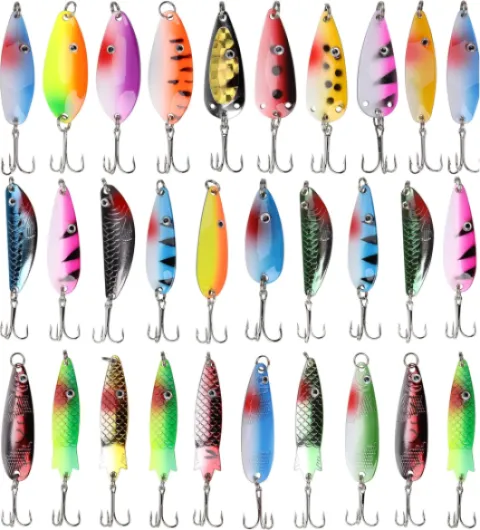
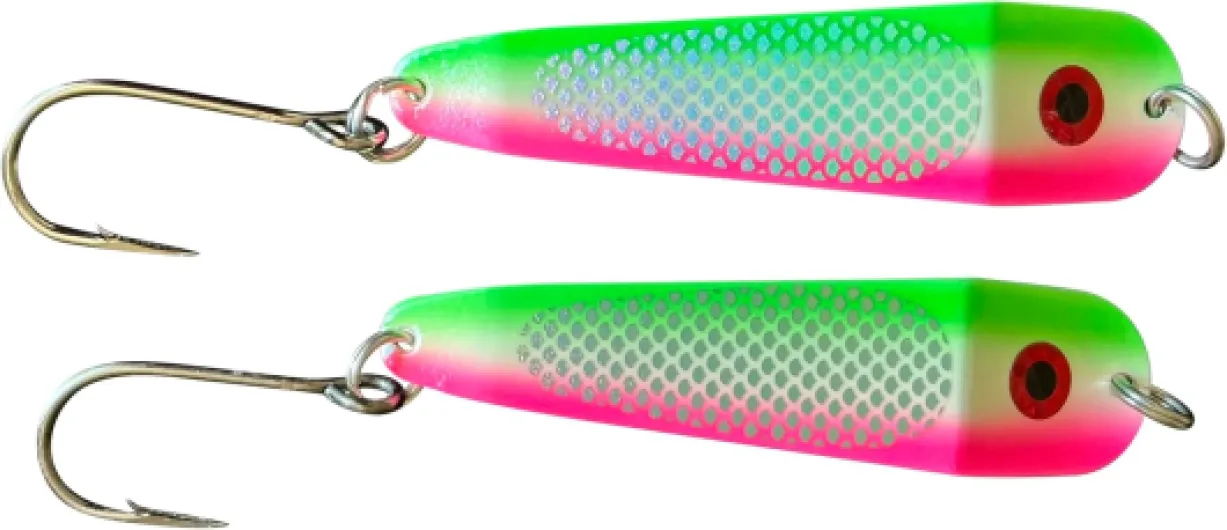
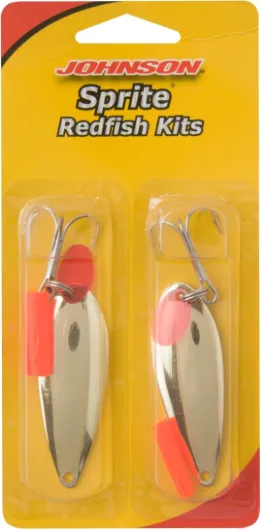
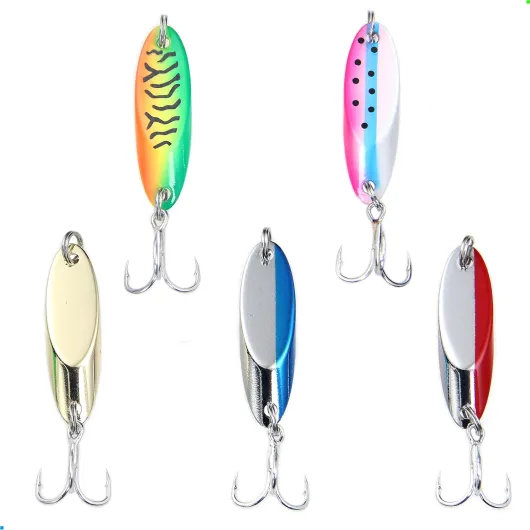
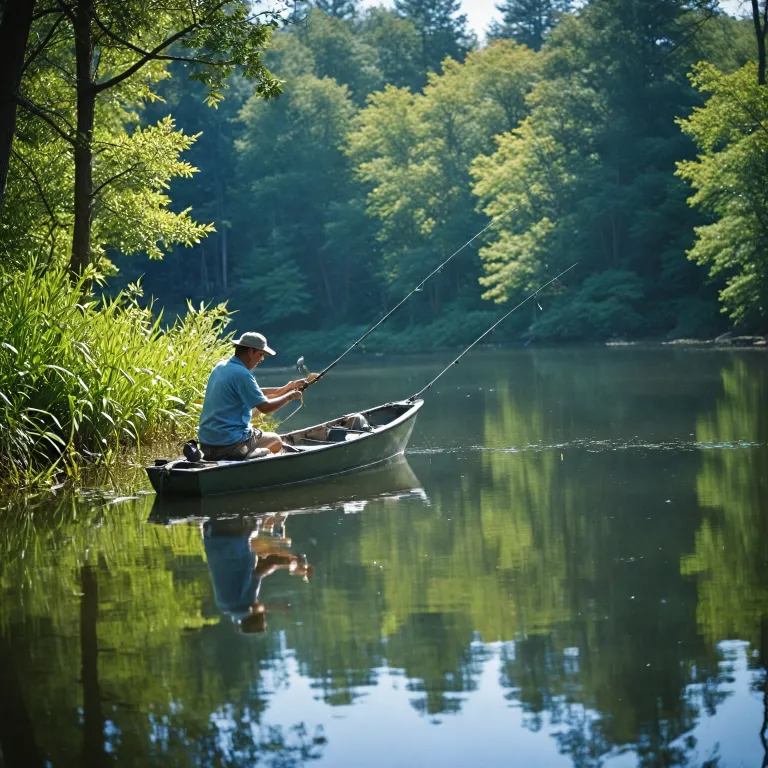
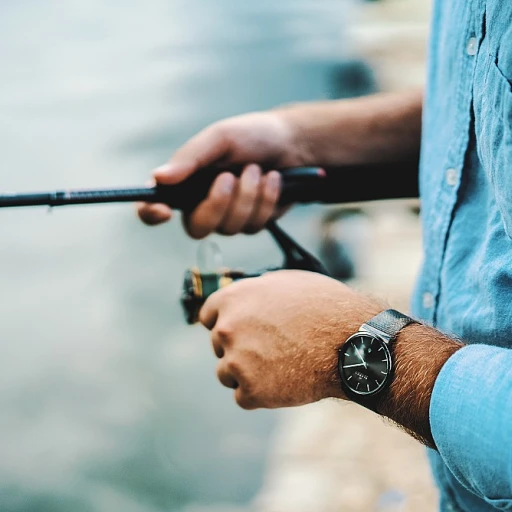
-large-teaser.webp)

